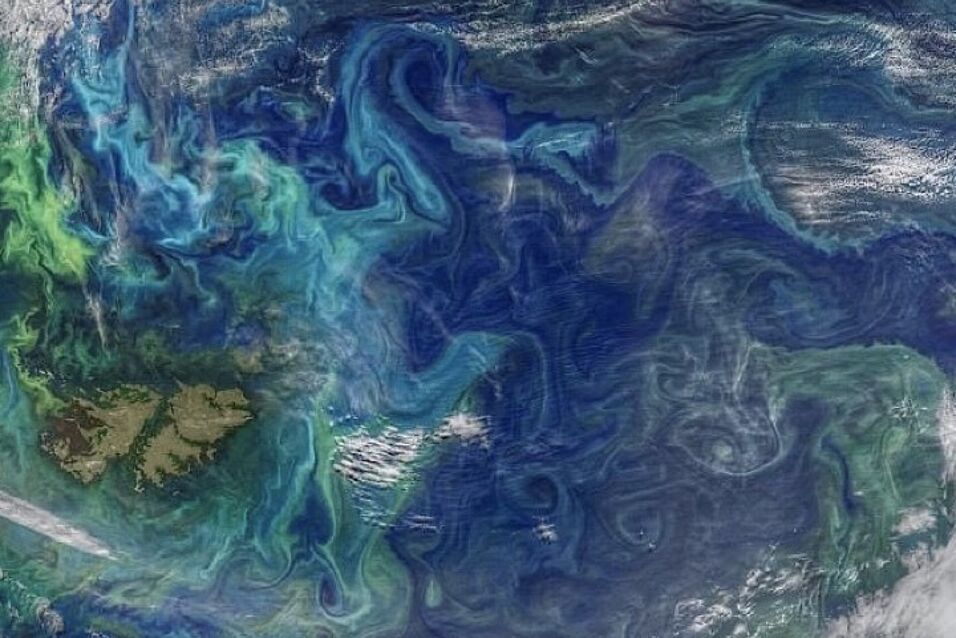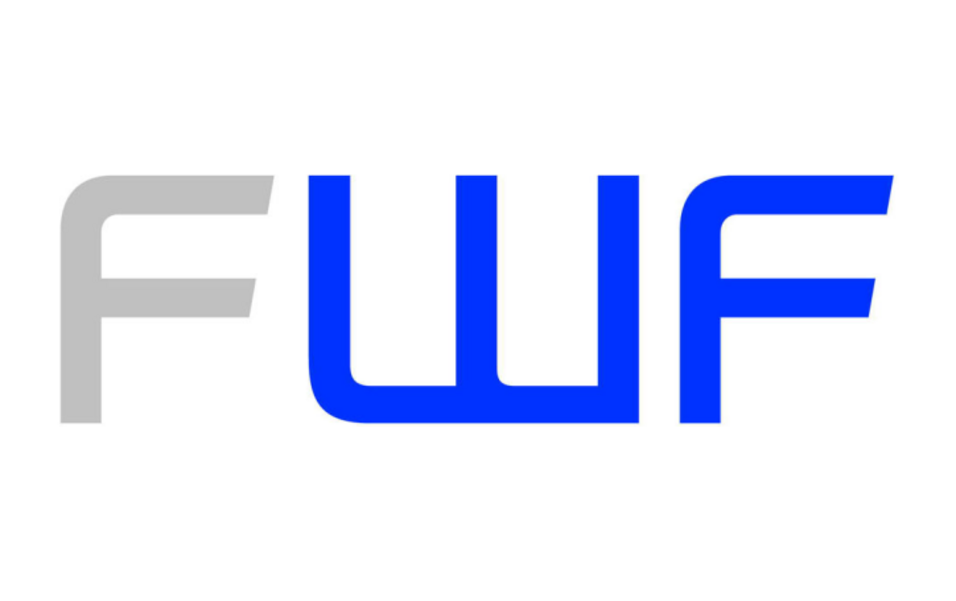Interestingly, various studies have shown the biogeochemical importance of various inorganic and organic sulfur-containing molecules that also serve as important electron acceptors/donors and/or nutrients in anoxic subsurface environments. These include: i) ‘sulfur cycle intermediates’ (SCI) that form after re-oxidation of sulfides (i.e., the end-product of sulfate reduction), e.g., thiosulfate, sulfite, elemental sulfur and tetrathionate; and ii) organic sulfur molecules (OSM). While the biogeochemical significance and rapid turn-over of such compounds has been demonstrated, there is a remarkable knowledge gap regarding the identity, ecology and functional properties of microbes capable of utilizing these compounds for growth in anoxic marine sediments.
This project will therefore aim to reveal the identities of microbes that utilize SCI or OSM for anaerobic growth, to characterise their genomes and encoded metabolic potential, and to examine their distributions in relation to in situ biogeochemistry. The project will be studied by experimental incubations supplemented with different SCI or OSM, and these will be analysed by a combination of molecular approaches (i.e., high resolution microbial community and functional gene profiling, meta-genomics and -transcriptomics) and biogeochemical measurements, which are poised to collectively gather a deep understanding of the microbes transforming these understudied sulfur molecules. The results from experimental studies will also be directly compared to data regarding the biogeochemistry and microbial ecology of the source sediments, i.e., in situ. Together, this project will provide new perspectives on the composition and functions of microbial guilds linked to sulfur cycling, which are likely widespread and critical to the functioning of various anoxic ecosystems. It will also bridge links between our understanding of sulfur, carbon and metal cycles in the marine subsurface using integrated microbiological and biogeochemical experimentation, linked to in situ studies.
This research is funded by the Austrian Science Fund (FWF) P-29426 and by sequencing grants from the Joint Genome Institute (JGI) (proposal ID 2787) to Kenneth Wasmund
Investigated by:
- Loy A
- Flieder M
- Hinger I
- Wasmund K




